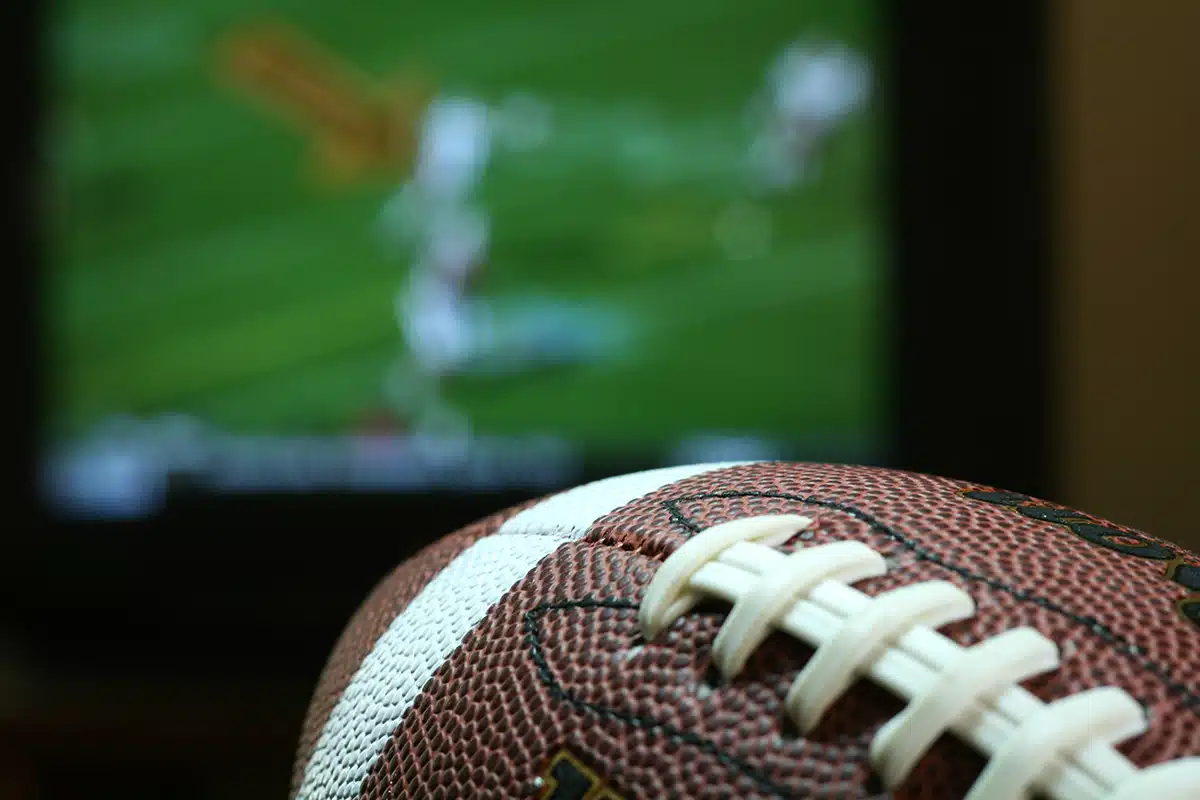
Every year, millions of people gather in front of their screens for the biggest spectacle in sports. The Super Bowl is not just a championship game, it is a marketing juggernaut unlike anything else on the planet. From record-breaking ad prices to halftime performances that command global attention, the NFL has transformed this single game into a cultural phenomenon and a goldmine for brands.
But how did we get here? How did the Super Bowl evolve from a mere championship game into an unparalleled marketing platform? Let’s break it down.
The Birth of a Spectacle
When the first Super Bowl kicked off in 1967, it was far from the media behemoth we know today. The game was not even called the Super Bowl, it was the AFL-NFL World Championship Game, played in front of thousands of empty seats in the Los Angeles Coliseum.
But even in its infancy, the league understood the power of spectacle. By merging the two rival leagues (NFL and AFL) and crowning an ultimate champion, the game immediately carried national significance. The 1967 broadcast attracted a respectable 51 million viewers, but that was only the beginning.
The tipping point came in 1969 with Super Bowl III, when Joe Namath famously “guaranteed” victory for the underdog New York Jets. Namath delivered on his promise, and the Super Bowl became must-watch television, not just for sports fans, but for casual viewers eager for drama, narratives and history in the making.
The Advertising Gold Rush
As the Super Bowl’s audience grew, brands quickly realized its unmatched marketing potential.
- In 1984, Apple changed advertising forever with its now-legendary “1984” commercial, introducing the Macintosh computer in a cinematic, high-production ad that ran only once during the game.
- Pepsi, Budweiser, Coca-Cola and Doritos followed suit, turning Super Bowl commercials into mini-movies, each year trying to outdo the last with humor, celebrities and blockbuster budgets.
Fast forward to today, and a 30-second Super Bowl ad costs $7 million, more than some full-length movies. Why? Because nothing else guarantees 100+ million engaged viewers at the same time.
But it is not just about the ad anymore. Brands now use the Super Bowl as an entire marketing campaign, teasing ads before the game, engaging fans on social media and extending the conversation long after the final whistle.
Halftime as a Global Event
Not everyone watches the Super Bowl for football. Many tune in just for the halftime show, which has evolved into a massive cultural event with A-list performers and record-breaking viewership.
The NFL cracked the code when it booked Michael Jackson for Super Bowl XXVII in 1993. Before that, halftime was an afterthought with marching bands and forgettable performances. But Jackson’s electrifying performance changed everything. Since then, the halftime show has been a global attraction, featuring artists like Beyoncé, Prince, U2, Dr. Dre and Rihanna.
With social media amplifying the moment, the halftime show is not just a performance, it is a marketing bonanza. Every outfit, son, and guest appearance sparks millions of tweets, memes and brand tie-ins.
Beyond the Game – The Super Bowl as a Social Experience
The Super Bowl is not just about what happens on the field. The NFL has transformed it into an all-encompassing experience, touching every corner of marketing.
- Social Media Domination – Brands, influencers and celebrities flood X, Instagram and TikTok with Super Bowl content. Every touchdown, commercial and meme-worthy moment becomes instantly viral.
- Experiential Marketing – Super Bowl Week has become a corporate playground, with brands creating immersive fan experiences, exclusive events and pop-up activations in the host city.
- Streaming and Second Screens – With streaming services and live reactions on YouTube and TikTok, the Super Bowl has expanded far beyond TV. Brands do not just target commercials anymore. They integrate into social conversations, influencer partnerships and digital-first experiences.
The result? The Super Bowl is not just a one-night event. It is now a week-long marketing marathon where every brand wants a piece of the action.
The NFL’s Marketing Masterclass
The Super Bowl is not just a game, it is a marketing blueprint for businesses. The NFL has built a global phenomenon by mastering:
- Storytelling – The league creates compelling narratives around players, teams and even brands.
- Scarcity and Exclusivity – One game, one night, massive impact.
- Cultural Relevance – The Super Bowl evolves with media trends, from TV dominance to social and digital engagement.
- Strategic Partnerships – The NFL collaborates with brands, artists and influencers to make the game an experience, not just a sporting event.
For businesses of all sizes, there is a lesson here. The best marketing is not just about selling, it is about creating moments people want to be part of.
As millions of eyes turn toward the biggest night in sports, one thing is clear. The Super Bowl remains the ultimate marketing stage, and the NFL is not giving up that title anytime soon.



